What is 3D Printing?

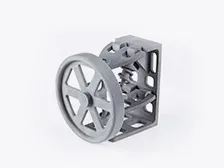
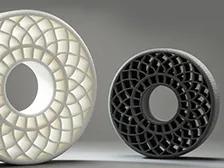
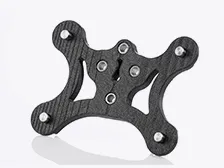
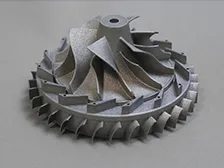
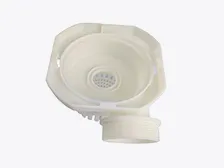
3D Printing Vs CNC Machining:
Which Is Right For Your Prototype And Production?
Subtractive & Additive Manufacturing
3D printing is also known as additive manufacturing, which builds parts through layers of materials. It has many advantages over traditional manufacturing processes however it has its problems.
CNC vowin.cn/en/News/news1251.html' target='_blank'>machining is a fairly common subtractive technique used for parts manufacturing, which creates parts by cutting off the blank.
Materials & Availability
The 3D printing process involves parts being created layer by layer using materials such as liquid photopolymer resins (SLA), drops of photopolymer (PolyJet), plastic or metal powders (SLS/DMLS), and plastic filaments (FDM). So it produces less waste compared with CNC process.
CNC machining is to cut from a whole piece of material, so the utilization rate of the material is relatively low. The advantage is that almost all materials can be CNC machined, including production-grade engineering plastics and various metal materials. This means that CNC machining may be the most viable technique for prototypes and end-use mass-produced parts that require high functionality and special performance.
Accuracy, Surface Quality & Geometric Complexity
3D printing can create parts with highly complex geometries even hollow shapes that cannot be done by CNC machining, such as jewelry, crafts, etc. CNC machining offers greater dimensional accuracy (±0.005mm) and much better surface finishes (Ra 0.1μm). The advanced 5-axis CNC milling machines can perform high-precision machining of more complex parts that will help you meet your most difficult manufacturing challenges.
Cost, Quantity & Delivery Time
3D printing typically produces low quantities of parts without tooling, and without human intervention, so that fast turnaround and low cost are possible. The manufacturing cost of 3D printing is priced based on the number of materials, which means that the larger parts or more quantities cost more. The process of CNC machining is complex, it requires specially trained engineers to pre-program the processing parameters and processing path of parts, and then machining according to the programs. Manufacturing costs are therefore quoted taking the extra labor into account. However, CNC machines can continuously run without human supervision, making them perfect for larger volumes.
How to Select 3D Printing Process?
You can set up a consultation and planning phase with our team of additive manufacturing experts.We will assistance in finding which 3D printing process is the right fit for you
3D Printing Process Introduction
SLA
Stereolithography (SLA) is an additive manufacturing process that works in a different way to FDM. In SLA 3D printing, a 3D object is created with a laser, which is directed at areas of photosensitive liquid resin. The laser causes areas of the resin to harden, forming a solid part.
The SLA process uses a moving platform in a tank of liquid resin. The platform moves up or down after each layer is fully cured, which is different to FDM, in which the platform remains stationary. The SLA laser is focused using a system of mirrors.
SLA can only be used with photosensitive polymers, but offers high accuracy and fine details. It also predates other forms of additive manufacturing, having been invented back in the 1980s.
SLS
Selective Laser Sintering (SLS) is a powder bed additive manufacturing process used to make parts from thermoplastic polymer powders. It is commonly used for functional parts, since SLS printed components have good mechanical properties.
An SLS 3D printer works by sintering areas of powder with a laser. During the process, a thin layer of powder is distributed evenly across the build platform, after which the laser sinters selected areas of the 2D layer.
When the layer is complete, the platform is lowered, more powder added, and the laser sinters the next layer.
When all layers are complete, the part is left to cool. Unused powder is kept to be used again, and the part is cleaned to remove excess material.
SLM
Selective Laser Melting (SLM) is a metal additive manufacturing process used to create functional, end-use products. SLM printers use a laser to melt particles of metal powder, fusing them together to form a 3D object.
An SLM 3D printer uses a gas-filled chamber containing the metal powder. The laser passes over the desired sections of the powder, causing the particles to melt and bond. When a layer is complete, the build platform moves down to allow the laser to pass over the next layer.
The SLM process can be used to create strong metal parts with highly complex shapes, providing engineers with new levels of design freedom.
FDM
Fused Deposition Modeling (FDM) is the most widely used additive manufacturing process for desktop 3D printers. The process involves extruding a melted plastic from a computer-controlled nozzle, building a part layer by layer.
FDM 3D printers use a spool of filament as raw material. This filament is directed into the print head, where it is melted and deposited onto the incomplete part. In accordance with computer instructions, the print head moves along 3 axes in order to deposit material in the right place.
Because the material cools after it is deposited, further layers of material can be deposited on top of the existing layers, allowing for the creation of 3D shapes.
3D Printing Process Characteristic
| Advantages | Disadvantages | Typical accuracy | Typical layer height | |
| SLA |
• High resolution • No visible layer lines; smooth finish • Option of clear materials |
• Printers more expensive than FDM • Weak parts; will degrade with sunlight • Extensive post-processing required |
• ± 0.5% (desktop) • ± 0.15% (industrial) |
• 25-100 microns |
| SLS |
Parts have consistent |
• Porosity • Rough surface finish |
• ± 0.3% | • 100-120 microns |
| SLM |
• Strong and hard parts • Complex shapes |
• Limited build size • High cost |
• ± 0.1mm | • 20-50 microns |
| FDM |
Most affordable 3D printing process • Widely available |
• Comparatively low resolution • Produces visible layer lines |
• ± 0.5% (desktop) • ± 0.15% (industrial) |
• 50-400 microns |
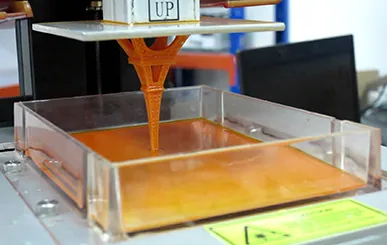
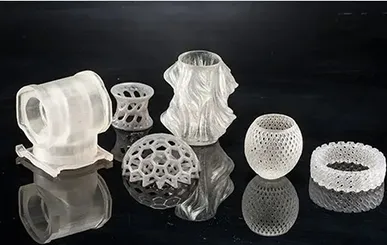
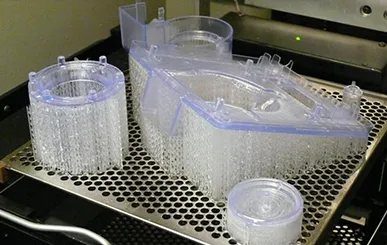
3D Printing Process Materials
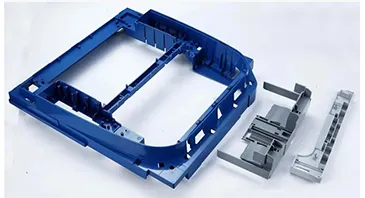
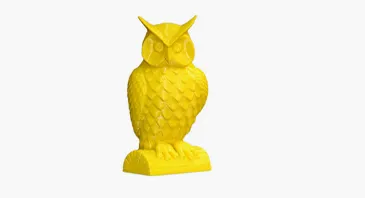
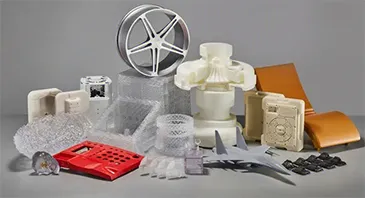
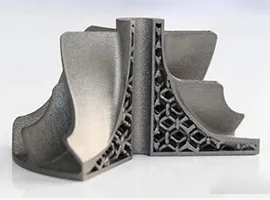
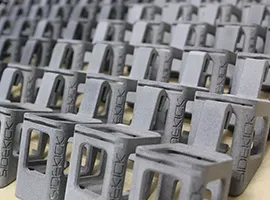
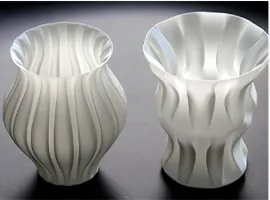
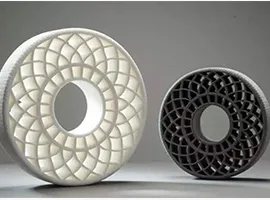
FAQ
How fast is SLA printing?
At PrintAWorld our industrial SLA printers can print massive parts in less than a day. It would take at least another day to cure and clean the parts before sending it out to our clients.
What type of SLA 3D Printer do you have?
We have the Formlabs 2 and Formlabs 3 at our disposal. We also use industrial printers such as the Union Tech Lite600HD and our very own PrintAWorld SLA-Pro 600.
Why don't you like FDM technology?
We started with FDM printers but we quickly outgrew them. We realized just how painful it is to clean each prints and, even then, the quality is still not what we want. It has its use but we just believe that stereolithography SLA printing technology is the obvious choice for most of the projects that we do
Can KAIERWO make design drawings for me?
We don't provide design services. You are responsible for submitting 2D and 3D CAD drawings, and we can then provide a Design for Mant facturing review upon receiving your order.
How do l know my design will be kept confidential?
We of coursewil sign and adhere to any non-disclosure or confidentiality agreement. We also have a strict policy within our factory that no photographs are ever lwed of a customers product without express permission. Ultimately we rely on our reputation of working with hundreds ofthousands of unique designs over many years and never allowing any proprietary information to be disclosed to a third party.


